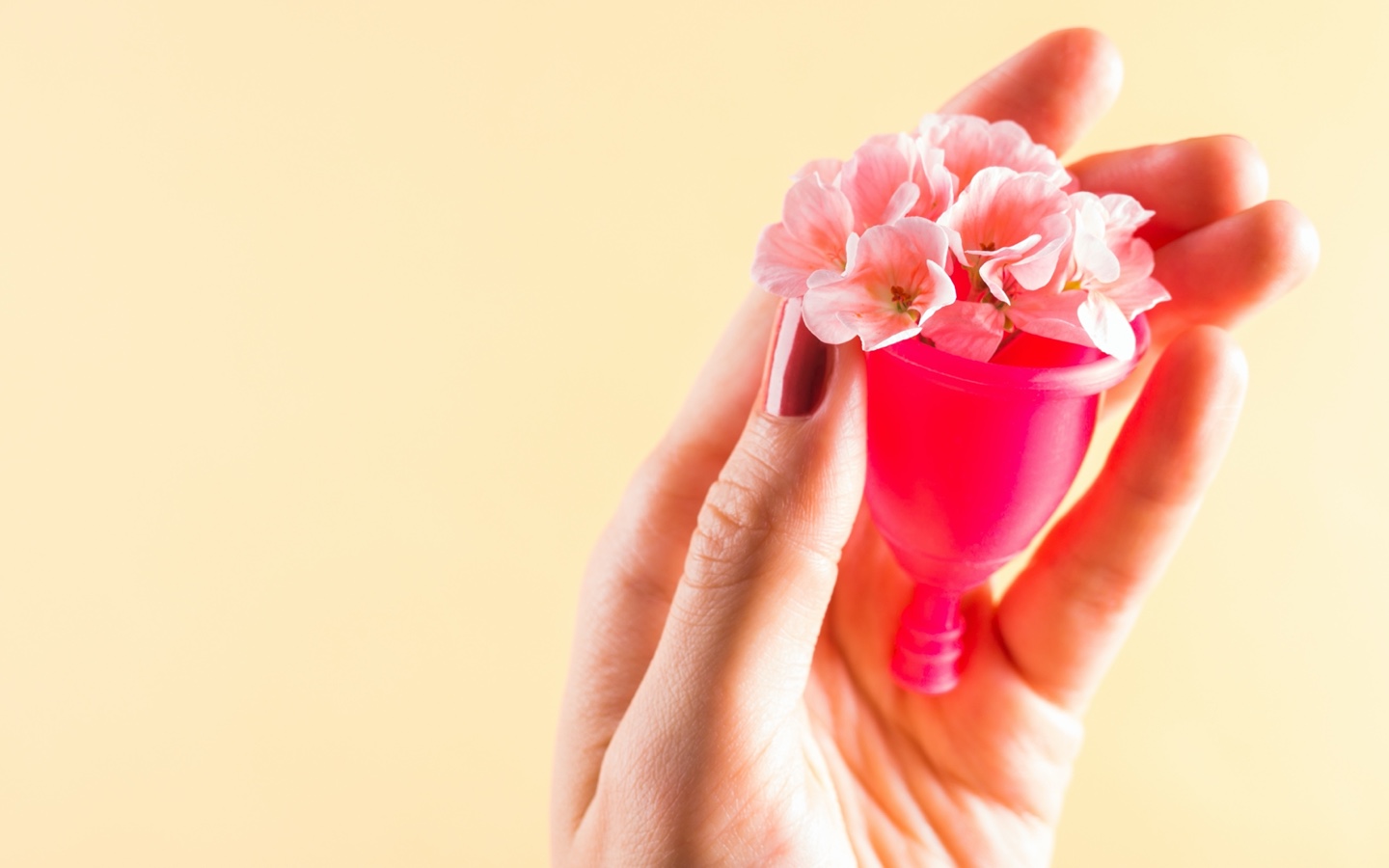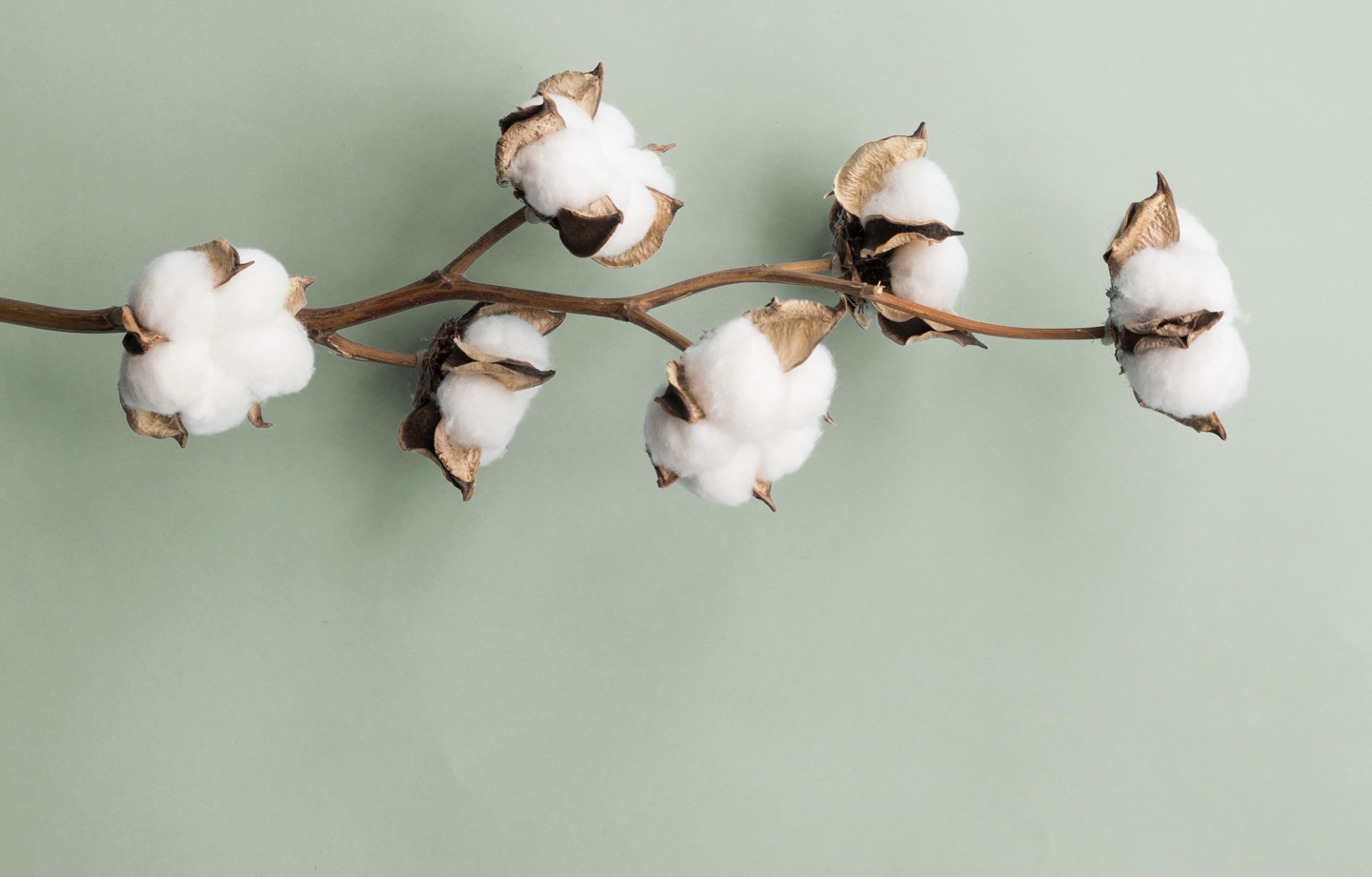The race to put an end to plastic waste is on. We’re finding all sorts of innovative ways to curb the trajectory of the plastic pandemic and save our issues — including for period care.
Period care is pretty much unavoidable. Unless you’re a part of the free-bleeding movement, the side effect of having a uterus is that at some point you’re going to have to find a way to deal with your period blood.
Unfortunately, contending with our monthly visitor means contributing to a major problem: horrifying amounts of plastic waste.
In the last year alone, it’s estimated that over 200,000 tons of feminine products took up space in our world’s landfills and oceans. With 90 percent of feminine products being made of plastic (that’s right, even the pads), it leaves you wondering: Isn’t there a better way to deal with period products?
Because waste isn’t the only problem. Modern period care has some serious growing up to do.
Toxic shock syndrome is just one of the many side effects caused by conventional menstrual care products. Seemingly rare, TSS affects as many as 3.5 percent of all tampon users in the U.S.

Conventional tampons and pads are made with plastics and polymers derived from petroleum-based products. In an effort to make them look good, they’re bleached and then coated in fragrance.
The problem? Our vaginas are literally sponges, absorbing much of what it comes into contact with. New research suggests that everything from sexual lubricants to tampons are contributing chemical compounds to our internal microbiomes. The biggest problem? Our bodies can’t process them, leaving us with vaginal health issues like bacterial imbalance.
The good news is period care space has blown up with sustainable options, and they’re just as good (if not better) than what you’re used to using.
The Menstrual Cup
Waste Level: None
Safety: Pretty dang safe
Five years ago, the menstrual cup may have gotten you a few arched eyebrows. These days though, more and more people are woke to the idea of a silicone cup being up to the job of catching period blood (and dealing with the ensuing mess).
Menstrual cups work by suction. You pinch the sides in, insert it into your vagina, and turn the cup a bit to expand the sides. A cup can hold an average of five to six times what the average tampon can take on. You can use a menstrual cup for up to 12 hours before removing it, at which point you rinse it with warm, soapy water and reuse it.
Menstrual cups are typically made of medical grade silicone and can be boiled to sterilize them. They come in a couple of sizes, depending on the state of your cervix, which can be impacted by having kids.
They never produce any waste and have a very low risk of allergic reaction and Toxic shock syndrome for the wearer. However, those with IUDs in place are cautioned to break the suction of the cup before trying to remove it, as there is a very slight risk of dislodging an IUD.
I have used a few menstrual cups myself and have a strong preference for the Canadian brand Lunette. They’re more comfortable to wear than the Diva Cups, and I really love that they come in plastic-free packaging.
Organic Cotton Tampons
Waste Level: High
Safety: Only slightly safer than conventional brands
Organic cotton tampons are more eco friendly because the cotton wasn’t grown with pesticides and needs much less water to grow. Most of the time organic tampons, like the L. brand, are made with chlorine-free cotton and BPA-free plastic to boot.
They’re a more eco-friendly and overall cleaner alternative to the conventional tampon, but still produce a fair amount of waste. Though the plastic applicators cannot be recycled, cardboard tampon applicators technically can be — if you’re willing to collect them.
The Menstrual Disc
Waste Level: Low
Safety: Pretty dang safe
The menstrual disc is a new one on the market, and it’s getting a lot of positive attention. What’s really amazing about menstrual discs is that they can be used for mess-free period sex — something womankind has been eagerly awaiting for a long time.
Like menstrual cups, menstrual discs can be worn for 12 hours straight without changing them. The key difference is in the shape, and that when it’s full, you throw the menstrual disc away.
Though they’re not recyclable, menstrual discs still arguably produce less waste — about 60 percent less — than tampons and pads. Flex menstrual discs are made with BPA-free medical grade plastic and are latex-free, so they won’t mess with your PH balance either.
Cloth Pads
Waste Level: None
Safety: Pretty dang safe
Cloth pads are totally a thing, and they’re right up there with cloth diapering in terms of being eco-friendly. They’re reusable, totally washable, and, in some cases, even made with eco-friendly and organic materials.
The one hangup with cloth pads is that you’ll have some laundering to do, and will need to carry a small, waterproof bag with you in your purse when out and about with one (also known as a wet bag). But other than that, they’re amazing, comfortable, and, bonus points: they don’t stick to your freaking leg.
Cloth pads save on average an estimated 12,000 to 16,000 feminine products from the landfill per user per year. They’re easy on the environment, and once you buy a set, you’re set for life.
I’ve used a few on my heavier flow days in tandem with my cup, and what I love most about cloth pads from Glad Rags is that they don’t feel super bulky in your panties. I’m a mom who has cloth diapered two kids, so the laundry isn’t too big of a deal to me. I keep them separate from the rest of my washing and run them on a small, disinfecting load to get them ultra clean.
Period Underwear
Waste Level: None
Safety: Pretty dang safe
Period underwear is a relatively new innovation, and it’s taken the internet by storm as one of the free-bleed movement’s practical ways to practice good vaginal hygiene when you have to get up and go places.
THINX makes period underwear in a variety of sizes and styles designed to do one thing: catch period blood (and look good doing it).
On average, one pair of THINX period panties can hold up to four tampons worth of blood. When you’re done with a pair, just toss them in the laundry with your other clothes (no, they won’t stain anything else in your basket) and wash and air dry.
I never used THINX until they sent me a few pairs to try for this article, and I’ve gotta say: for period underwear, these things are pretty cute. Despite their mega capacity for period blood, they barely feel thicker than a regular pair of cotton underwear.
Rocking mini skirts with a menstrual cup has always made me nervous, so from here on out, I’m keeping THINX in my drawer as my backup failsafe.
Have a sustainable period product review to share? Tell us about your experience with one of these methods on Facebook or Instagram and tag us in the post! @AvocadoMattress

Shop Pillows
The Essential Organic Pillow Collection
Gentle, breathable, non-toxic support.






